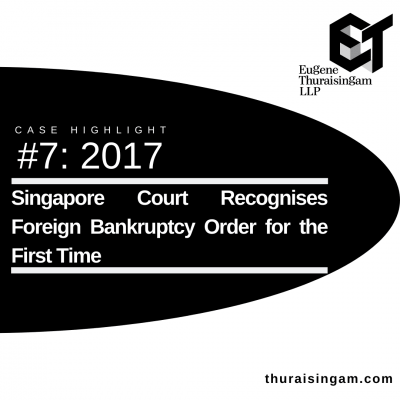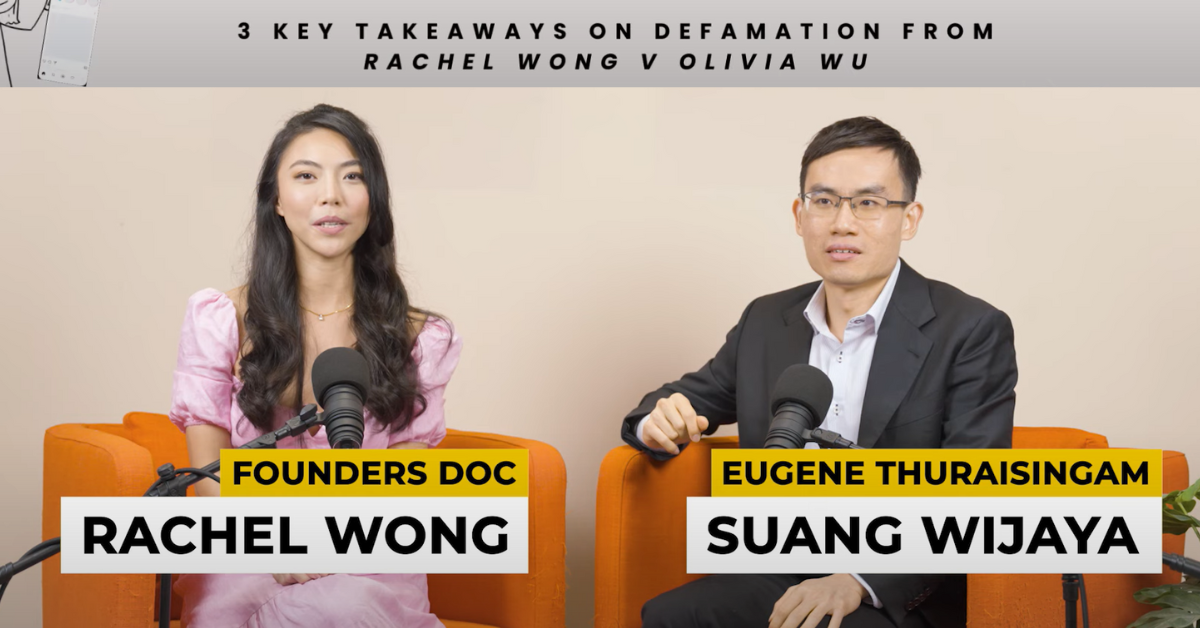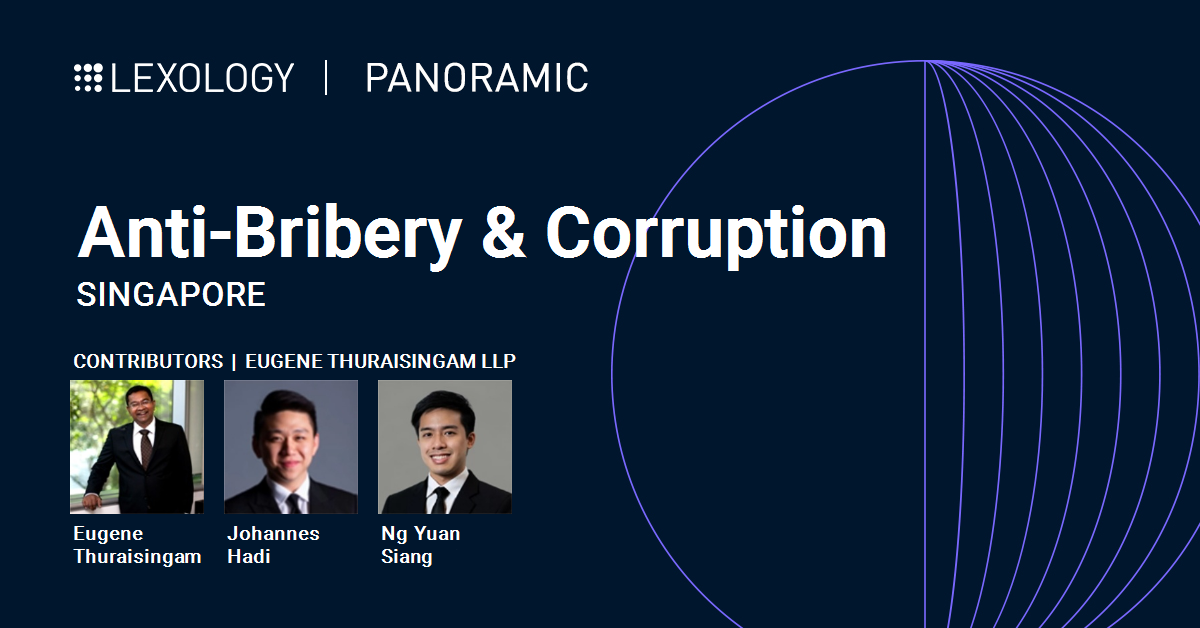Singapore Court Recognises Foreign Bankruptcy Order for the First Time
This case involved a Japanese company director named Masahiko Nishiyama who had been sued and made bankrupt in Japan to the tune of 43 billion yen (S$570 million). In order to evade the judgment and enforcement proceedings, he had dissipated his assets on a massive worldwide scale. This included stashing approximately US$90 million (S$124 million) in three banks in Singapore: Standard Chartered Bank, Bank Julius Baer and Credit Suisse AG.
Nishiyama was sent to prison in Japan for his criminal misdeeds, but this still left his trustee in bankruptcy with having to pursue his assets. We were appointed to assist with this process.
The first step was to persuade the Singapore High Court to recognise the bankruptcy order that had been made in the Kyoto District Court in Japan. Before this, there were no known cases where the Singapore courts have recognised a foreign bankruptcy order. We therefore had to make novel arguments based on first principles and draw analogies to insolvency proceedings involving the winding up of companies.
We also had to convince the Court that there were indeed assets in Singapore worth pursuing. This was a complicated task as the majority of the monies stashed by Nishiyama in Singapore was not held through accounts in his own name, but through a complicated web of corporate entities incorporated in offshore jurisdictions such as Samoa and the British Virgin Islands.
Ultimately, the Singapore court agreed with our arguments and granted recognition of the Japanese bankruptcy order, thus allowing the Japanese trustee in bankruptcy to proceed to call in US$90 million worth of assets.






